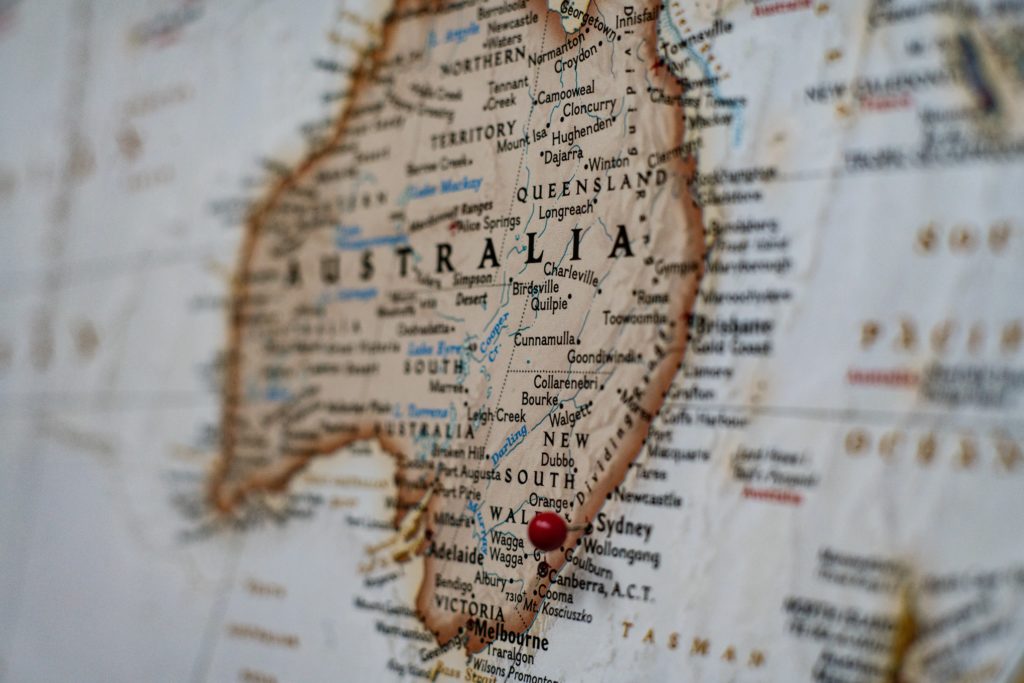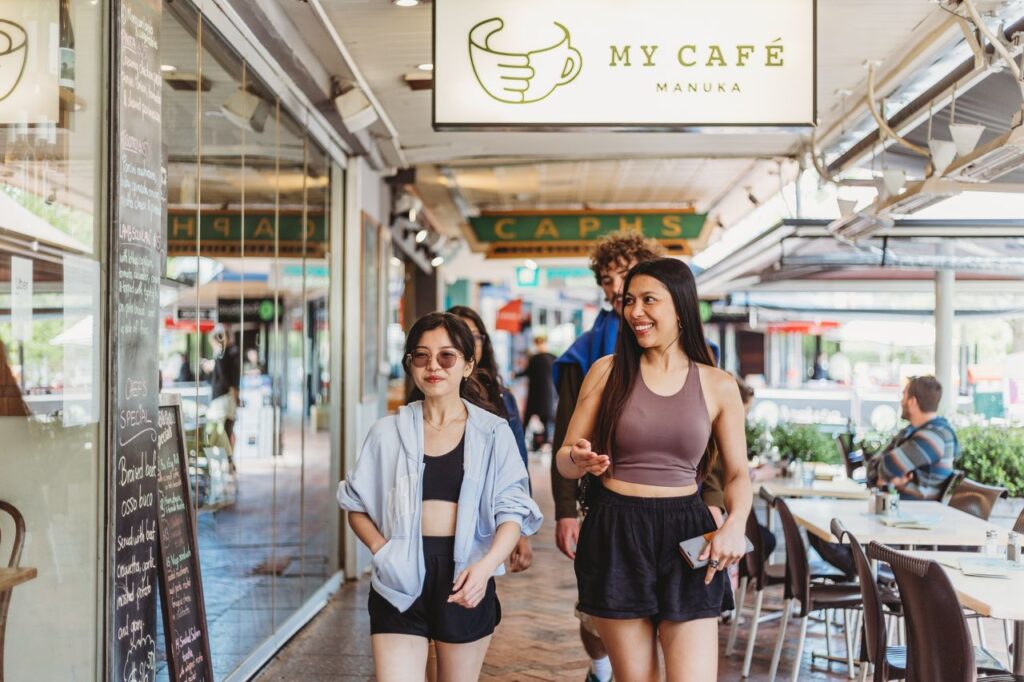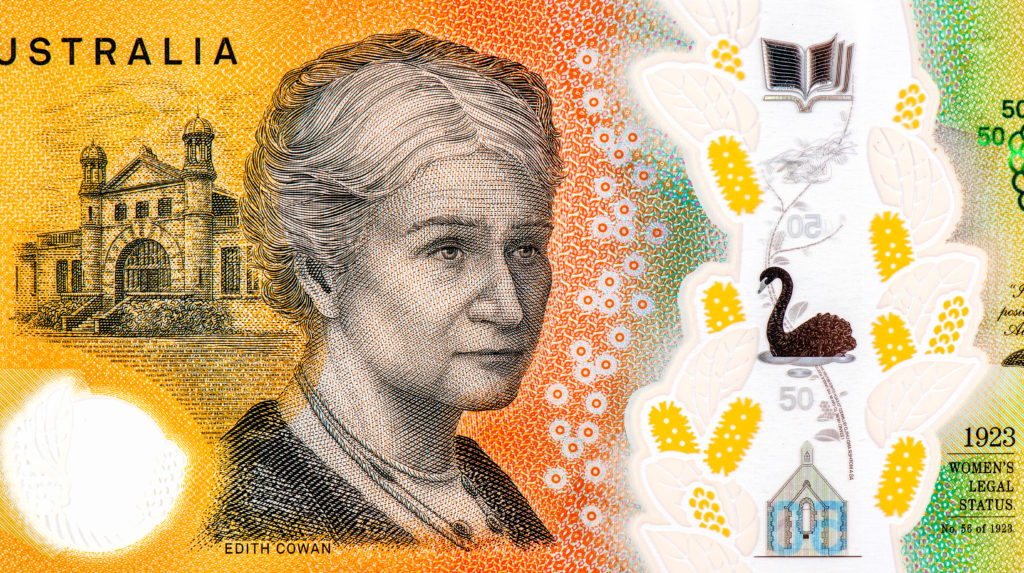So, you’ve decided to study in Australia? Great news! The next step is to choose a city to live in.
Australia is a big country that offers a range of different lifestyles and opportunities, so there are plenty of great options depending on what’s important to you. Here’s our guide to choosing your new city in Australia.
Cost of Living and Quality of Life
While the cost of groceries, eating out and entertainment can be relatively similar in many Australian cities, other expenses such as rent and transport can vary significantly.
If you would like to live centrally in one of the larger cities like Sydney, Melbourne or Brisbane, you can expect to pay more for rent. To make that choice more affordable, many students choose to share smaller apartments (and sometimes even their room) with other students. Typically, you can get bigger and better properties for the same price the further you go from the city centre. However, you should then consider the additional time it will take to get into the city and the cost of transport.
Smaller capital cities in Australia, such as Perth, Adelaide, Canberra, the Gold Coast, Hobart or Darwin, as well as regional centres like Newcastle or Townsville, can offer a great lifestyle with cheaper rent.
To understand the differences in the cost of living between cities, make sure to check out our Cost of Living Calculator.
Culture and Lifestyle
The culture and lifestyle in Australia is as diverse as its population.
If you enjoy the fast-paced lifestyle of big, cosmopolitan cities, you can’t go past Sydney or Melbourne.
To get closer to nature, Hobart and its unspoilt natural environment is a good choice, as is tropical North Queensland.
Melbourne and Adelaide offer vibrant arts communities and great food and are in close proximity to internationally acclaimed wine regions.
If you are after Australia’s famous beachside way of life, you have more than a few choices. Consider Perth on the West Coast, Brisbane, the Gold Coast and Sydney on the East Coast, and several regional areas including Wollongong and the Sunshine Coast.
Check out our guide to cities in Australia for more information on each of the capital and major cities.
Future Opportunities
Will you be looking to gain some work experience while you study? Or do you need to earn money to support your lifestyle?
After you complete your studies, will you be looking to live in Australia for a while longer to work or even permanently migrate?
If you answered ‘yes’ to any of these questions, you might want to consider the employment prospects that each city offers.
Whatever decision you make when choosing your new city, one of the best ways to increase your chances of getting a job is to continually work on your English language skills before you arrive in Australia and throughout your period of study. Make sure to read our guide to improving your English.
Weather
Australia’s climate varies greatly throughout the eight states and territories; there are four seasons across most of the country and a wet and dry season in the tropical northern parts.
Australia’s seasons are at opposite times to those in the Northern Hemisphere. Summer takes place from December to February; autumn lasts from March to May; winter is over June to August; and spring goes from September to November.
Sydney weather is pretty warm, with the city experiencing more than 340 sunny days per year. Maximum temperatures average 26°C/79°F in summer and 16°C/61°F in winter.
Melbourne has a reputation for its changeable weather, with ‘four seasons in one day’. Maximum temperatures average 14°C/57°F in winter and 25°C/77°F in summer, but there are days that reach around 40°C/104°F.
Brisbane has a subtropical climate with warm to hot weather for most of the year. Maximum temperatures average 30°C/86°F in summer and 17°C/63°F in winter.
Perth has more sunny days annually than any other Australian capital city. Maximum temperatures average 31°C/88°F in summer and 21°C/70°F in winter.
Adelaide is generally the driest of all Australian capital cities. Maximum temperatures average 16°C/61°F in winter and 29°C/84°F in summer, but much like Melbourne, the city is known to experience a few very hot summer days each year.
Canberra has a mostly dry climate with warm to hot summers and cool winters. Maximum temperatures average 28°C/82 °F in summer and 11°C/52°F in winter.
Hobart experiences sunny and mild summers and cool winters. Maximum temperatures average 21°C/70°F in summer and 12°C/54.1°F in winter.
Don’t forget to check Australia’s biosecurity requirements when packing your personal items to come to Australia. Some food, plant material and animal products are not permitted and should not be brought to Australia. Airport clearance is quicker if you don’t bring food, plant material or animal products. Most of these items can be easily purchased in Australia. If you pack these items you must declare them for inspection when you arrive in Australia. If you don’t declare all items, you may receive an on-the-spot fine or face prosecution.







